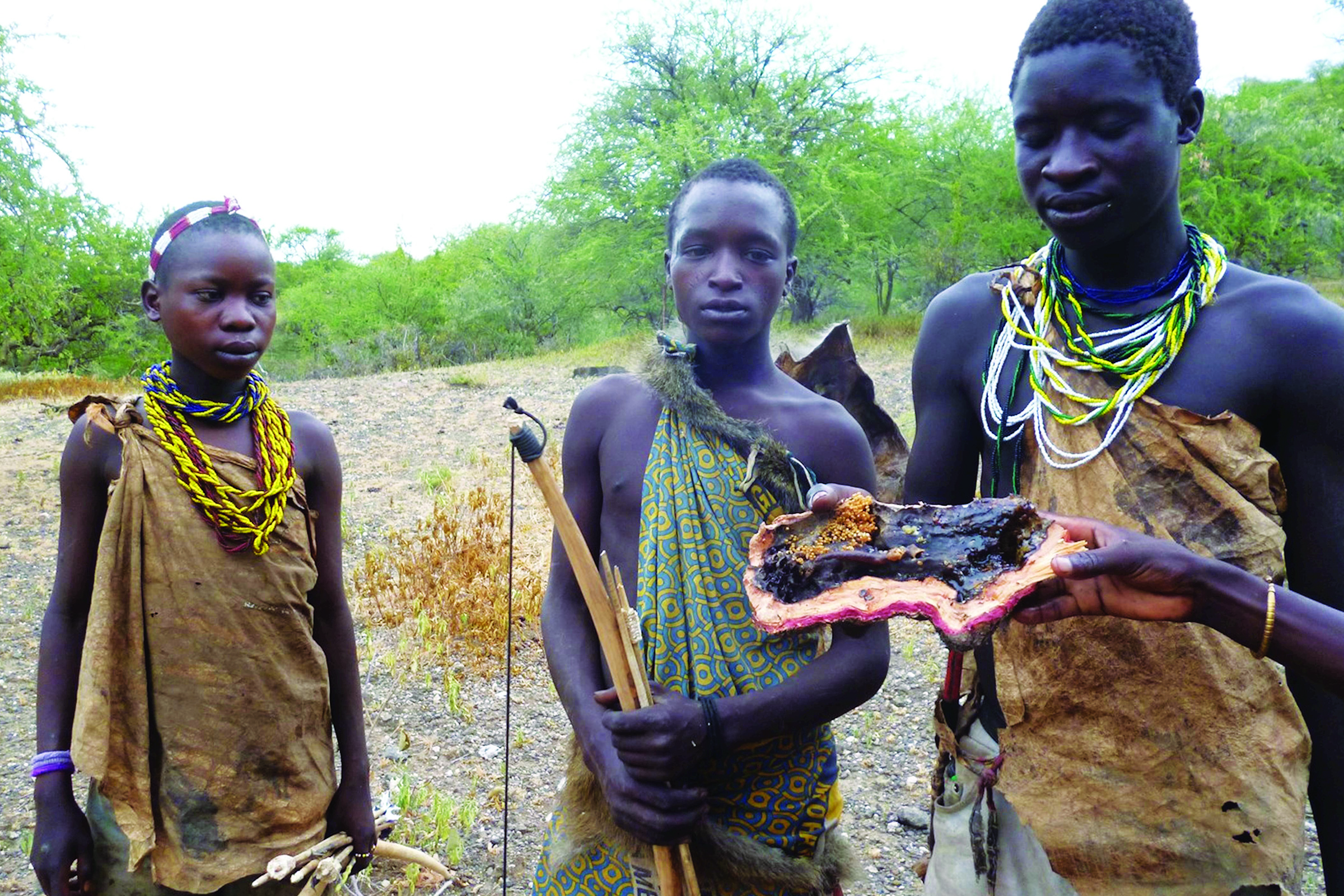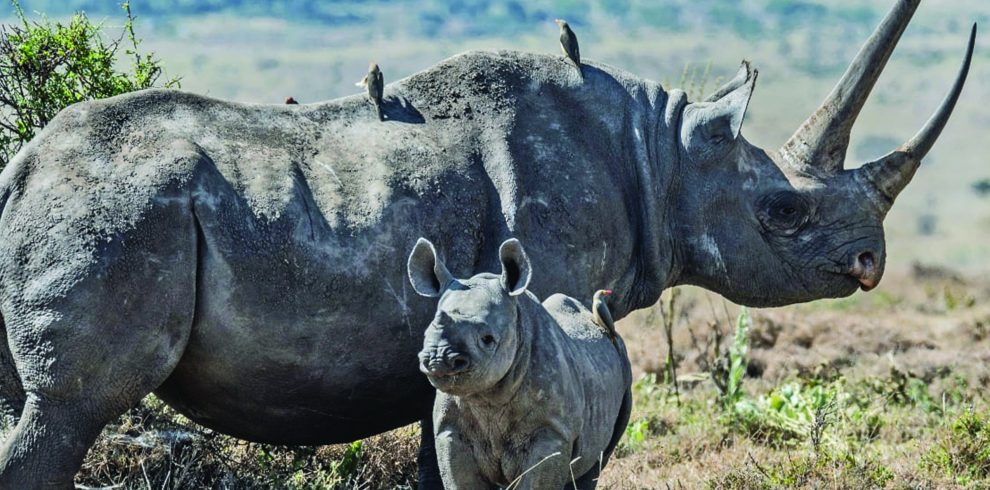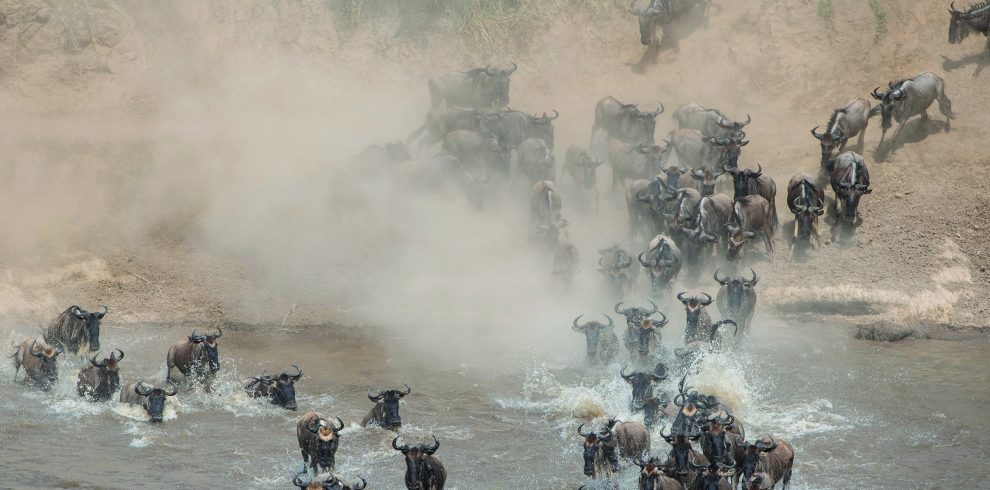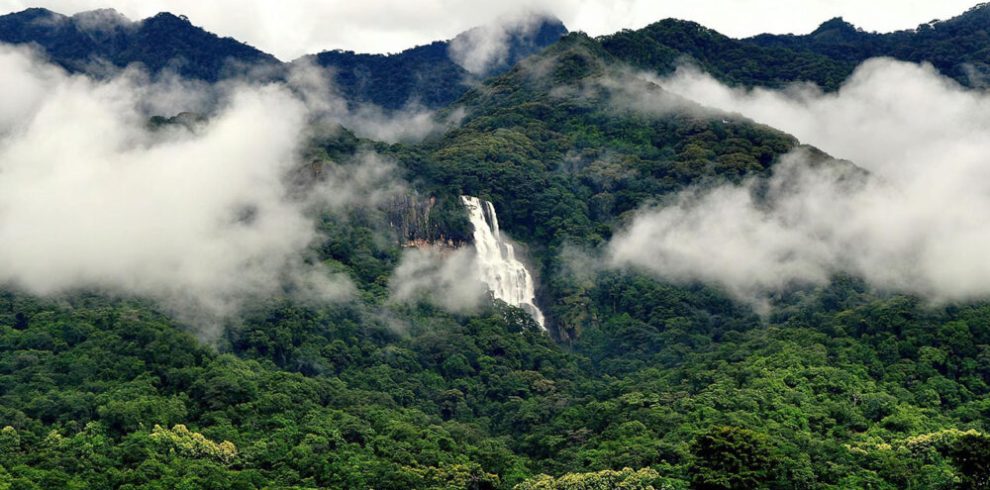Tarangire The Paradise of Elephants
Tarangire extends to you a very cordial welcome. We are thrilled to have you here and we appreciate for trusting us. Whether you are visiting here for a day trip or having an overnight, Tarangire has something for everyone.
The park is impressively splendid for its famous concentration of wild animals especially elephants and it is also one of the finest birding destinations in East Africa.
The name of the park originates from the Tarangire River which crosses the park and covers an area of 2850 km 2.
Attractions:
The Park has remarkable attractions with large groups of Elephants, the spectacular natural beauty of the savanna landscape, and magnificent majestic Baobabs. Over 550 different bird species have been recorded in the park, of which several are threatened or endemic.
Getting there:
The Park can be accessed by road or air
Road: The park is 121km through a tarmac road from Arusha city.
Air: The park can be reached by flight from Kilimanjaro International Airport which is 46km from Arusha. Charted flights are also available from Arusha to Kuro Airstrip located inside the park
Climate:
Tarangire has a bimodal rainfall with short rains starting from November to December, long rains from March to May, and the dry season from June to October and January to February.
The park is located at an altitude between 900m and 1250 meters with annual average rainfall ranging from 650 to 700mm.
Activities:
Tarangire National Park has different activities that can be done once you have arrived at the Park. These activities include Day Game drive, Night Game Drive, Walking Safari, Filming and Photographing, Bush-meal, Hot air balloon safari, Birdwatching, and Picnicking.
Serengeti National Park
Home to the world’s last remaining large mammal migration
Maasai people called this park ‘Siringet‘, meaning endless plains. The Serengeti speaks for itself and with good reason not only the migration of over 1 million wildebeest through its plains and woodlands but also unique landscapes and other spectacular wildlife.
The Serengeti is home to the world’s largest populations of Wildebeest, Zebra, Cape Eland, Lion, Cheetah, Hyena, and Gazelles. The scenic beauty of the sky with cool nights and warm days makes your visit to this remaining home for the great migration of large mammals incredible!
Attractions:
Serengeti National Park, a world-renown, World Biosphere Reserve and World Heritage Site has more attractions than any other national park in Africa. The Great Migration, The Big Five, Unique Bird Collections, Endangered Species, the highest concentration of Carnivores and Herbivores, and Scenic and Spectacular Landscapes are some of the attractions one will encounter!
Getting there:
The park can be accessed by road and air.
Road. Accessed from all towns and cities to the present entry or exit points/gates namely Naabi Hill, Seronera, Ndutu, Kusini, Kirawira, Handajega, Ikoma, Tabora ‘B’, Lamai, Lobo, Ndabaka, Machochwe, and Kleins.Air. There are all-weather airstrips in the center of the park (Seronera), in the South (Kusini), in the East (Lobo), in the West (Kirawira), and in the North (Kogatende & Lamai). There are scheduled and private charters from Arusha, Mwanza, Kilimanjaro, Musoma, Dar es Salaam and Zanzibar.
Climate:
The climate of the Serengeti National Park is subtropical, with the rainy season from November to April and a dry season from May to October.
The park is located at an altitude between 1,100 and 2,000 meters with annual average rainfall ranging from 900 to 1,000 mm.
Activities:
Having unparalleled attractions, Serengeti has a number of tourism activities and opportunities for visitors to get the best wildlife experience! Some of these include Hot Air balloons, Game Drives, Filming, and photographic safaris, Walking safaris, Bush meals, and Cultural tourism.
Ngorongoro Conservation Area
Welcome to the Ngorongoro
The Ngorongoro Conservation Area Authority (NCAA) is a well-established wildlife management entity under the Tanzanian government, dedicated to managing the Ngorongoro Conservation Area (also known as NCA) and conserving its stately-natural splendor while striving to make it the world’s top tourism destination – Your best option for a future holiday is the Ngorongoro Conservation Area.
Ngorongoro Conservation Area is in northern Tanzania. It’s home to the vast, volcanic Ngorongoro Crater and the “big 5” game (elephant, lion, leopard, buffalo, rhino).
Activities:
The Ngorongoro Conservation Area is a vast and untouched protected area teeming with the densest wildlife populations on earth, breathtaking landscapes, mountains, the world’s largest unbroken caldera, the history of human evolution, and so much more. One has to visit to see and believe it.
There is an abundance of activities related to natural and cultural attractions, ancient sites, mountains, culture and arts, festivals, and events one can get to experience while visiting the Ngorongoro Conservation Area.
Top Activities Include:
Ngorongoro Crater, Olduvai Gorge, Empakai Crater, Nasera Rock, Olduvai Gorge Museum, Endoro Waterfalls, Olkarien Gorge, Olmoti Crater, Laetoli Footprints, Shifting Sands, Lolmalasin Mountains, Gol Mountains and Sale Plains, Ndutu Plains.
Lake Eyasi National Park
is a lake located in Karatu District of Arusha Region in north Tanzania. Lake Eyasi is the largest body of water in Arusha region. It is a seasonal shallow endorheic salt lake on the floor of the Great Rift Valley at the base of the Serengeti Plateau, just south of the Serengeti National Park and immediately southwest of the Ngorongoro Crater in the Crater Highlands of Tanzania. The lake is elongated, orientated southwest to northeast, and lies in the Eyasi-Wembere branch of the Great Rift Valley.
Getting there:
The park can be accessed by road and air.
Road. From Kilimanjaro (JRO), it’s approximately 4 hours on a tarred road to Karutu and another hour to Lake Eyasi. Manyara Airstrip is the closest to Lake Eyasi, which takes around 40 minutes to fly from Arusha and two hours from Manyara to Lake Eyasi.
Climate:
Unlike the Serengeti and Ngorongoro highlands, Lake Eyasi can be warm. Daytime temperatures average around 25 °C (77 °F). The two rainy seasons occur from March to May and from September to November. During the months from June to October, there is very little and sometimes no rainfall.
Activities:
Activities at Lake Eyasi in Tanzania include wildlife excursions, cultural visits, bird watching, and nature walks.
7-Day Authentic Tanzania Safari: Tarangire, Lake Eyasi, Serengeti National Park, Ngorongoro Crater
Tour Overview
Embark on an unforgettable 7-day safari adventure through the heart of Tanzania’s Northern Circuit, blending thrilling wildlife encounters with rich cultural experiences. This journey takes you to Tarangire National Park, famous for its large elephant herds and ancient baobab trees, before immersing yourself in the unique traditions of the Datoga and Hadzabe tribes at Lake Eyasi. You will then explore the vast plains of the Central Serengeti, home to the Big Five and the Great Migration, before concluding your adventure at the Ngorongoro Crater, one of the world’s most spectacular wildlife havens.



